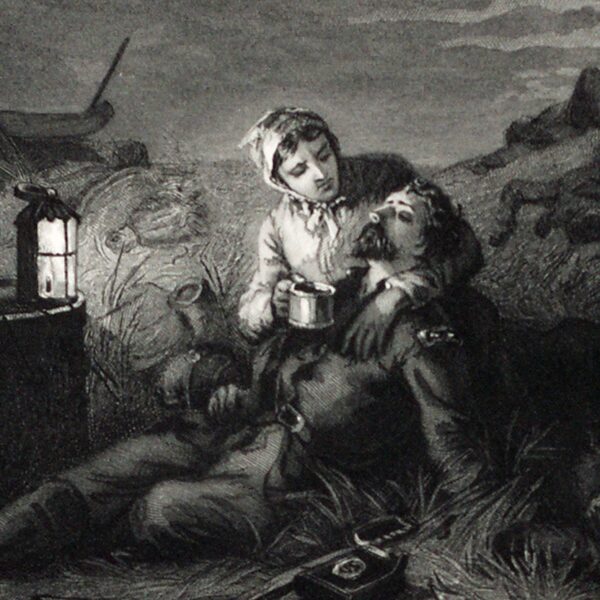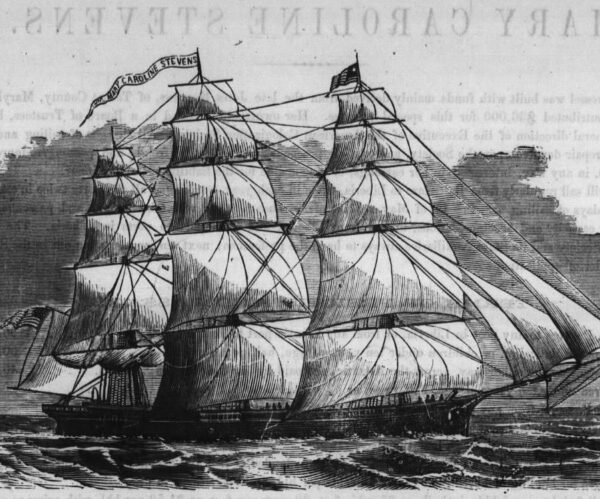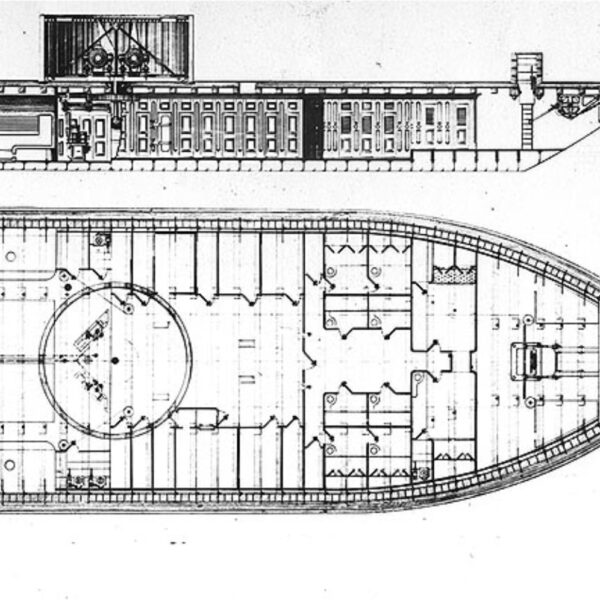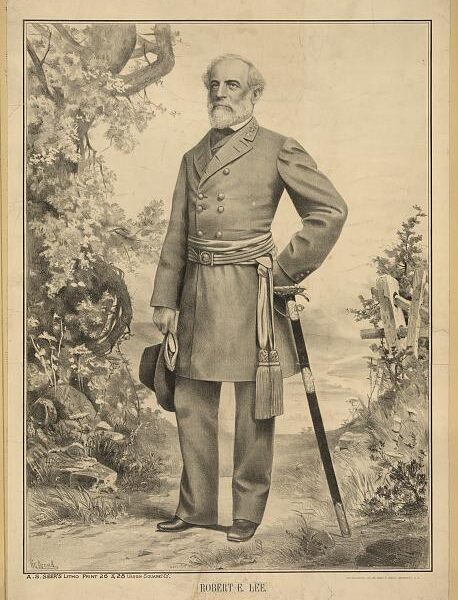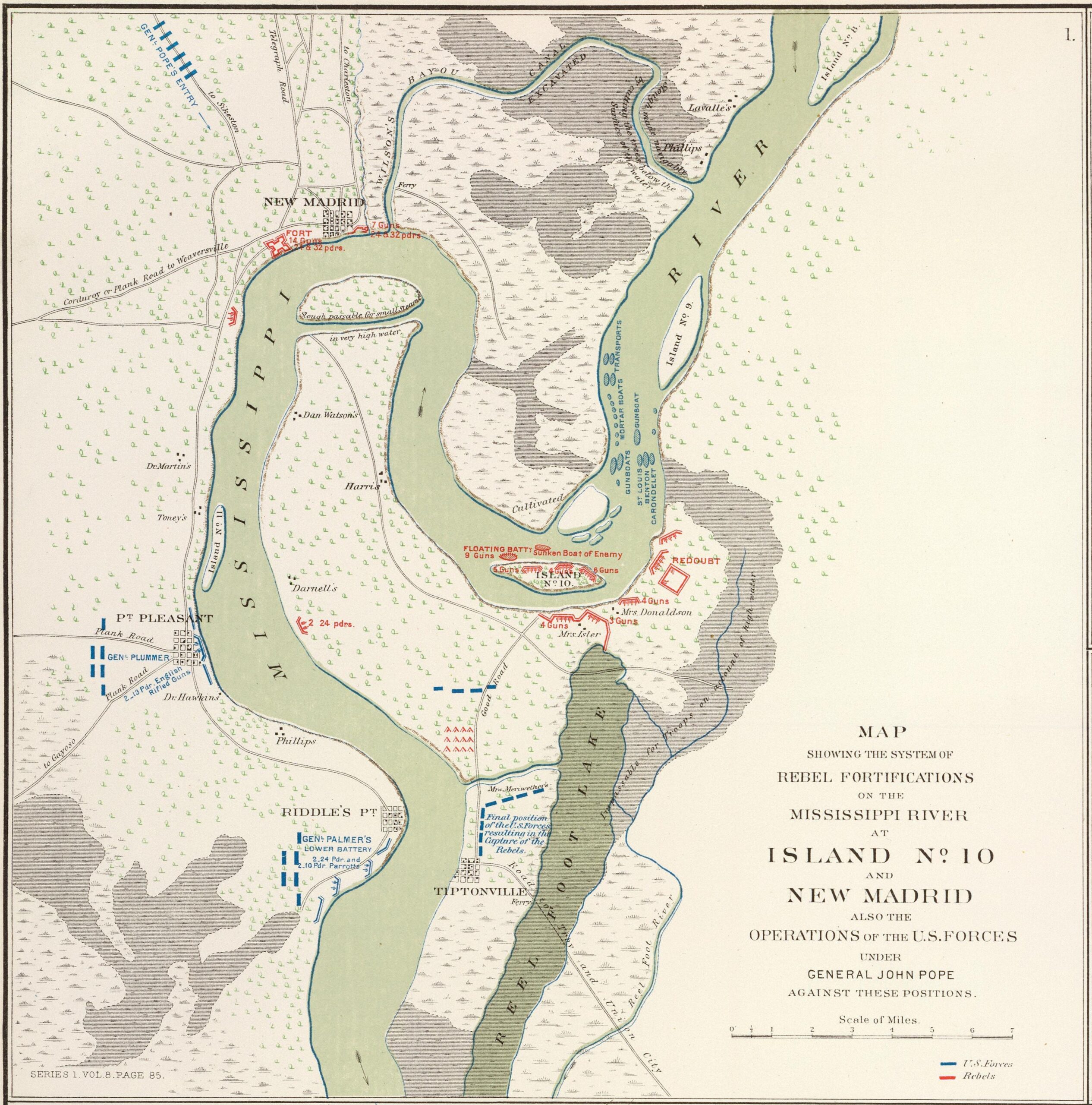
On March 21, 1862, Major General Henry W. Halleck, commanding Federal forces in the Western Theater, sent this message to Major General John Pope, then commanding forces at New Madrid, Missouri:
Saint Louis, March 21, 1862
Maj. Gen. John Pope, New Madrid, Mo.:
General: Your telegram in relation to the canal … is just received. I heartily approve of your plan. Impress all the negroes you can find to assist in the work. If you can in this way turn and capture the enemy, it will be one of the most brilliant feats of the war.
When occasion requires you will assume command of all the forces under Colonel Buford on the other side of the river, and also those at Columbus. Colonel Buford has a number (five, I think) of large siege pieces. Use them wherever you think they will be of the most advantage. I will not attempt to hamper you with any minute instructions. The great object, you know, is to cut the enemy off from any chance of retreat by water. I leave you to accomplish this according to your own judgement, having full confidence in your ultimate success. Buell will effect a junction with Grant and Smith by Monday. We shall then have 70,000 men at a single point on the Tennessee with which to cut the enemy’s center, destroy their railroad connections, and thus cut of the retreat by land of Polk, McCown, &c. Unless the enemy is much stronger at Corinth than reported, I can see no chance of failure. There will probably be a big battle somewhere in that vicinity.
Unfortunately, just as I am preparing additional re-enforcements for the Army of the Tennessee, to make everything still more certain, I have received official dispatches of new troubles in New Mexico and the condition of Colonel Canby’s forces. This compels me to immediately fit out a column of 5,000 men for Canby’s assistance. I do it most willingly, for the Government has shamefully neglected him, but at the same time it seriously interferes with my plans.
Yours, truly,
H.W. Halleck,
Major-General
Halleck wrote this in response to a request from Pope to build a canal, providing passage around the heavily fortified Island No.10 in the Mississippi River. Cutting through swamps, the canal would enable movement of transports to New Madrid. From there, Pope could land troops behind the Confederate defenders.
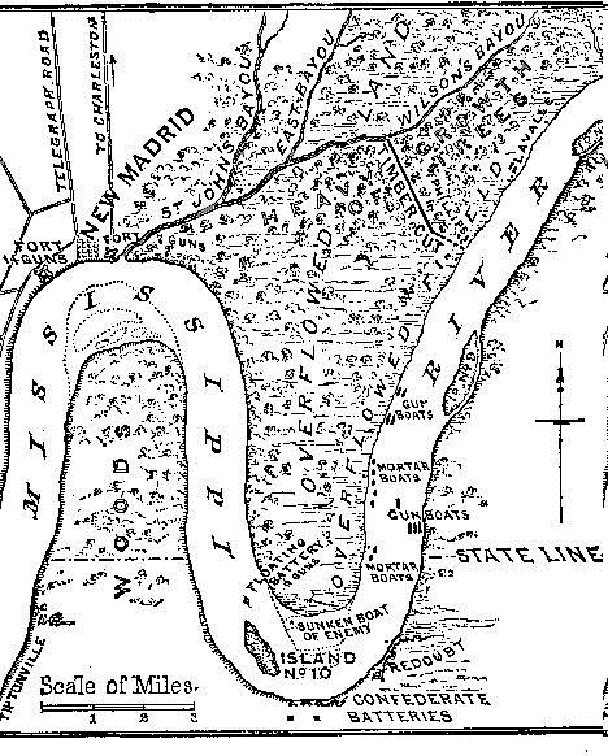
Several cross threads, touching upon numerous major operations, stand out in this piece of correspondence. The opening paragraph grants approval for Pope’s plan which ultimately led to the capture of Confederate Mississippi River defenses at Island No.10. With 150 years of hindsight, we know that Major General Don Carlos Buell did not link up with Major General Ulysses S. Grant the following Monday. Instead the forces joined on April 6, 1862 on the field of battle at Shiloh. That, of course, was the “big battle” in the vicinity of Corinth that Halleck had predicted. The mention of events in New Mexico demonstrates the broad scope of Halleck’s command—both geographically and operationally.
The reference to the impressment of African-Americans for construction of a canal alludes to the western army’s handling of contrabands. In 1862, military commanders had to walk a fine line between political and military considerations. Halleck looked for a practical military solution here: put them to work. On the surface, this sounds stern and stoic. But in practice, this meant that the army took responsibility for protecting and feeding contrabands. The interaction with contrabands also provided a basis for forming the regiments of U.S. Colored Troops in the western theater. Some sixteen months later in July 1863, one such regiment, the 4th U.S. Colored Heavy Artillery formed in Columbus, Kentucky, garrisoned several points, including Island No. 10.
But there is much to read between the lines in this correspondence regarding the relation between Halleck and Pope. On the surface, Halleck, well known for his attention to the smallest operational details, seemed to grant Pope more latitude than other subordinates. In reality, by this point in the war, relations between the two generals were already strained. Halleck simply wanted Pope to keep pressure on the Confederates in his sector, while the main Union effort worked towards Corinth, Mississippi in a strategic envelopment of the river defenses. Hallack simply did not have time for the “minute details” of this side of the operation.
Within a month, Pope’s canal plan enabled a victory along the banks of the Mississippi River. With the victory, Pope’s star rose. By July, he was in command of the Army of Virginia, bringing east an aggressive, if over-confident, spirit. He also brought a sense of the “hard war”, as seen in Missouri and other western sectors, to the east. So perhaps Pope’s canal, in its own small way, helped transition the Civil War into the modern era.
Craig Swain is a consultant from Virginia but is a native Missourian. His background includes a degree in history and service in the Army. Craig’s focus is the study of Civil War Artillery, which you can read about on his blog—To the Sound of the Guns.
Source: Official Records of the War of the Rebellion, Series I, Volume 8, Serial 8, page 629.
Image Credits: Atlas to Accompany the Official Records of the War of the Rebellion, Plate X, No. 1; Battles and Leaders of the Civil War, Volume 1 (New York: The Century Co., 1887).

